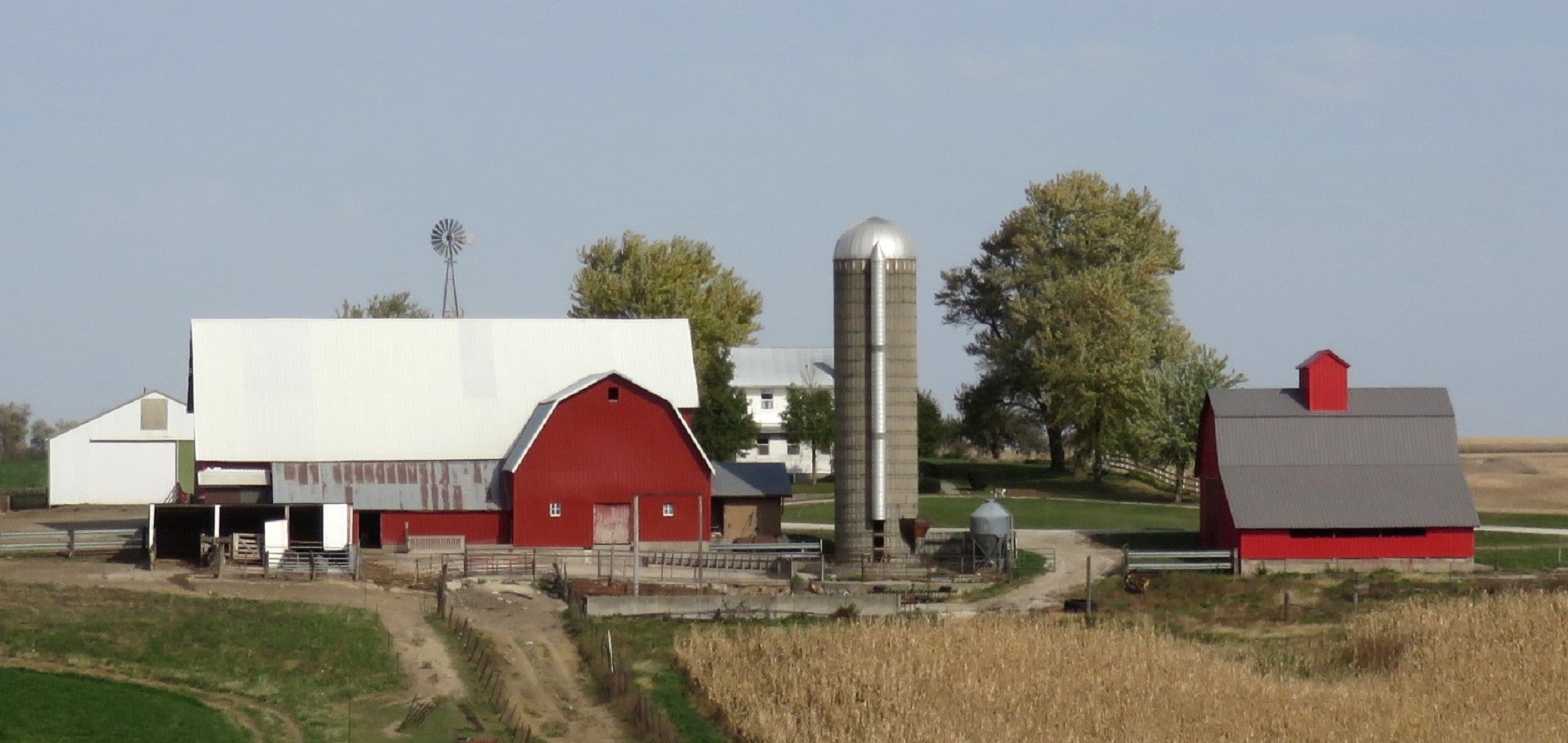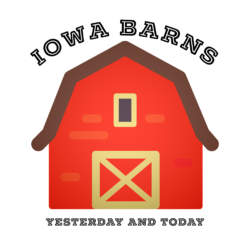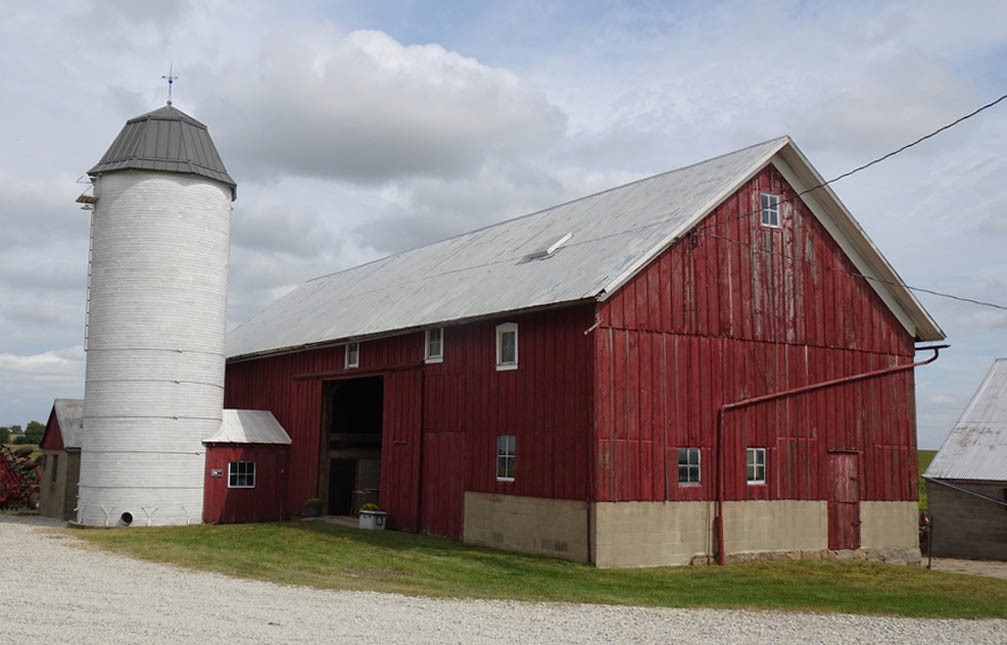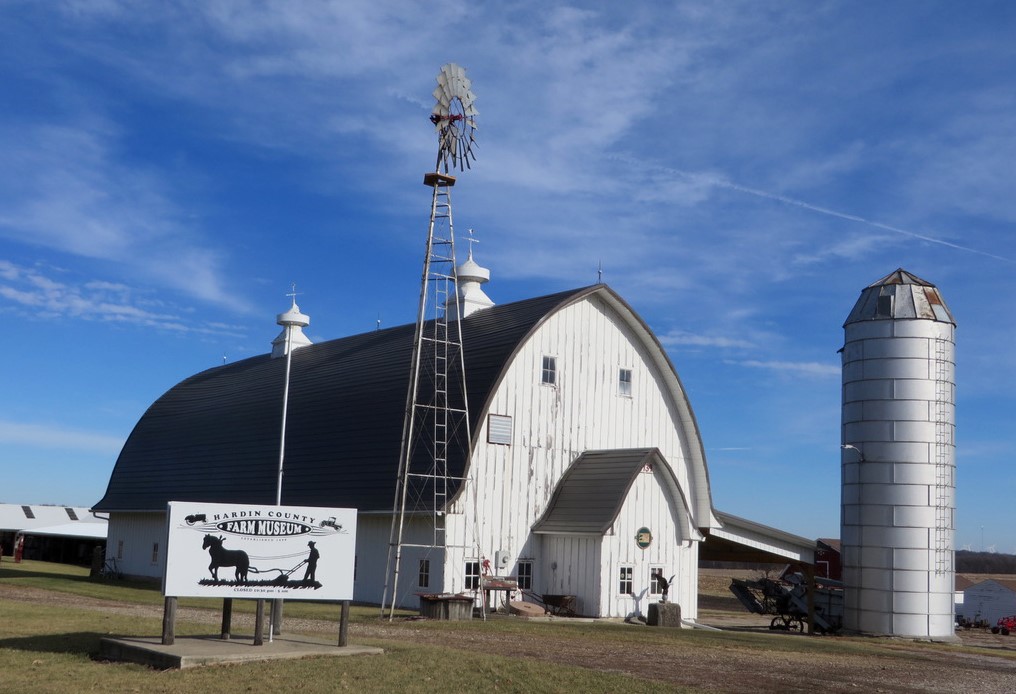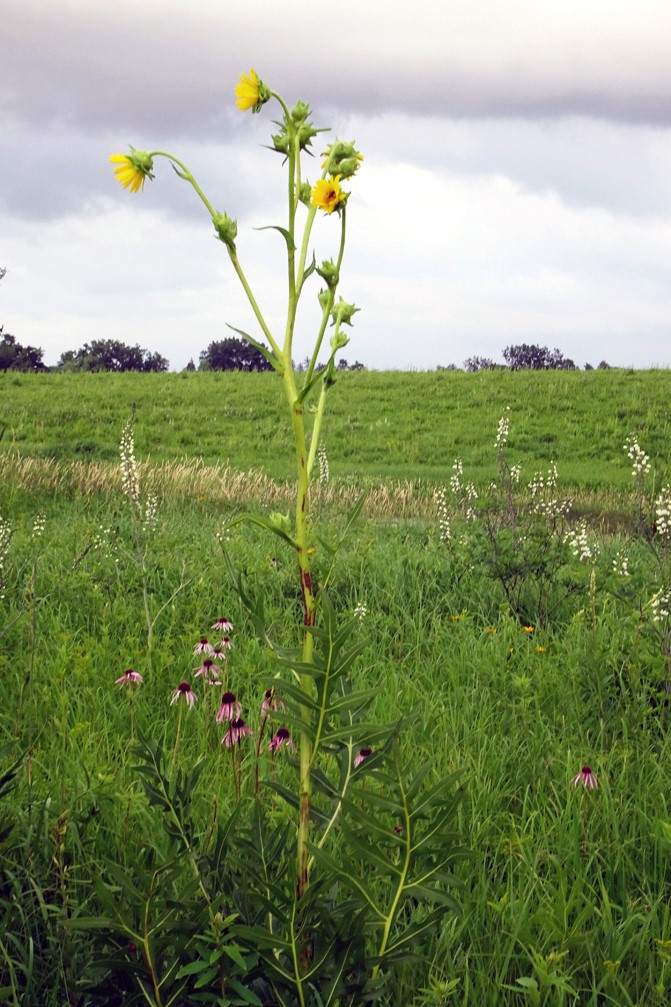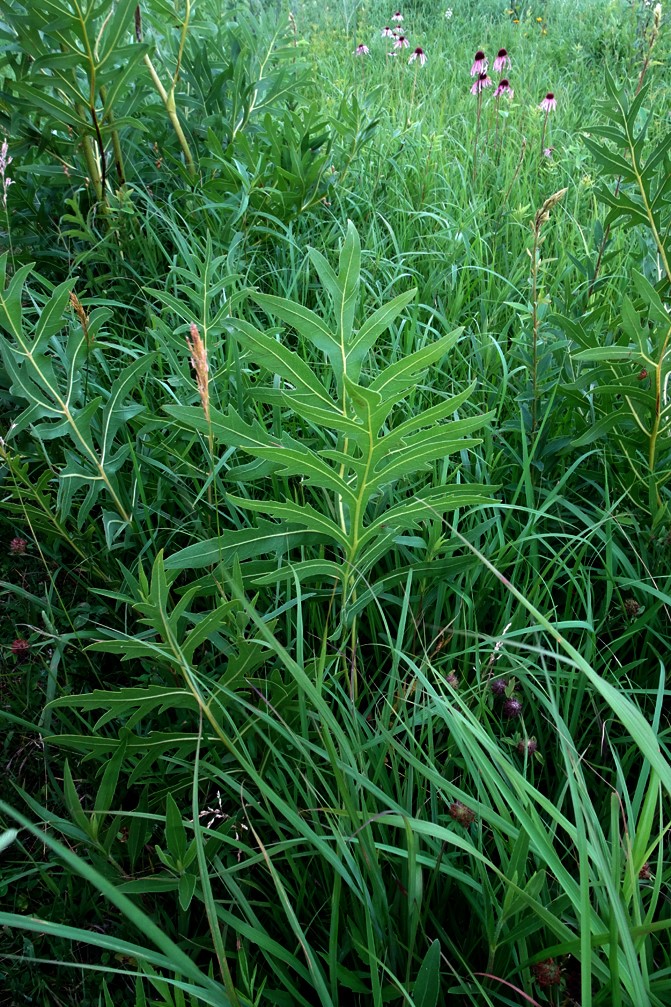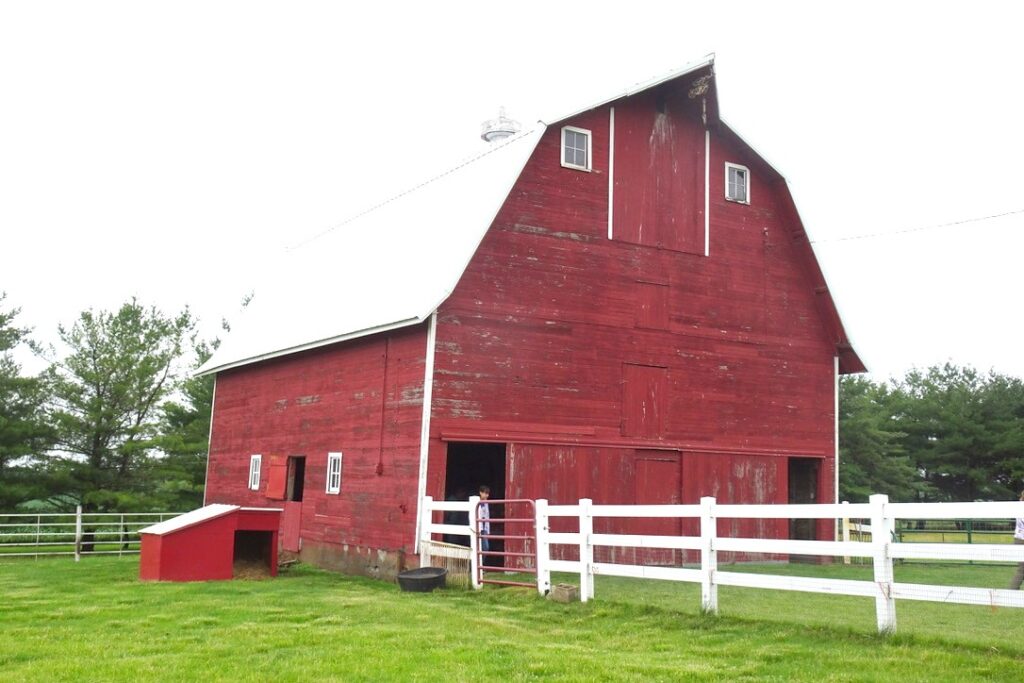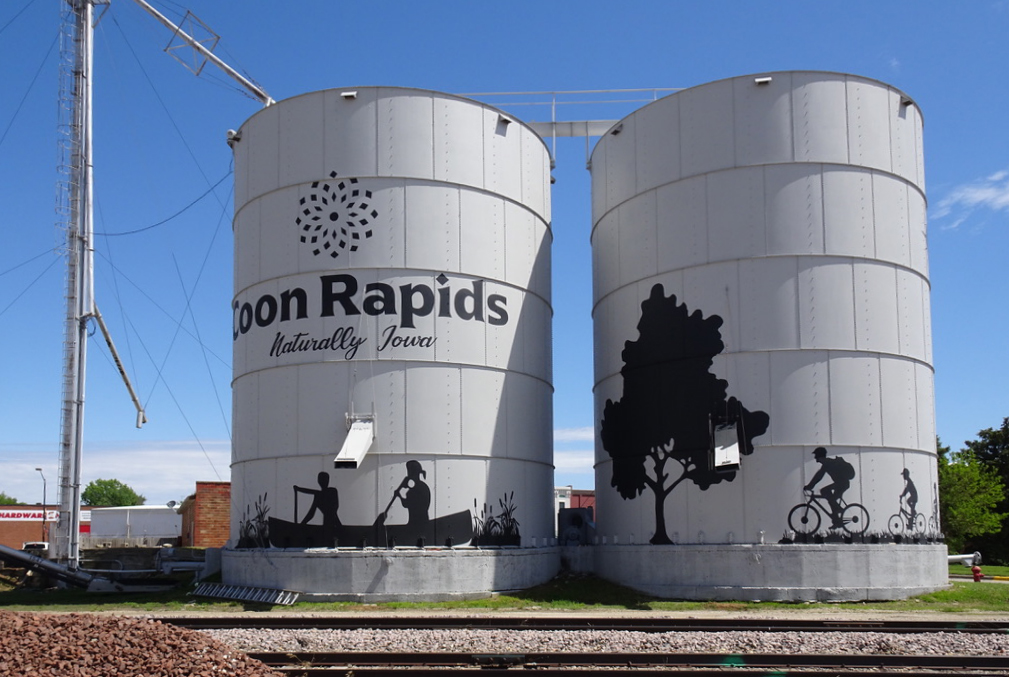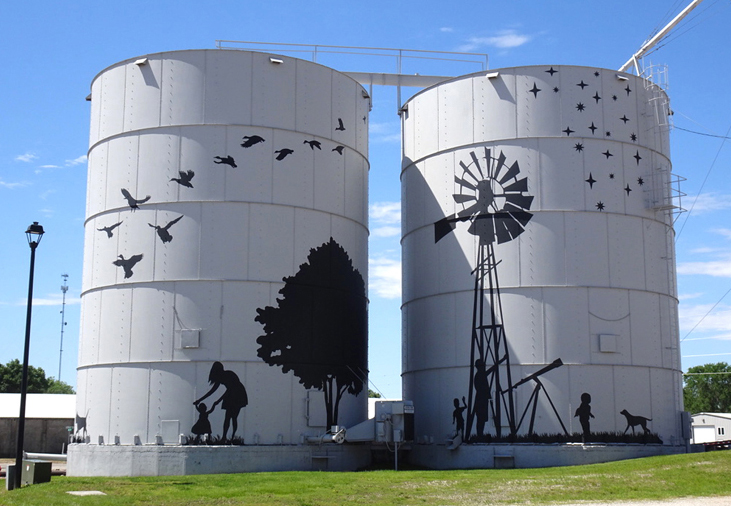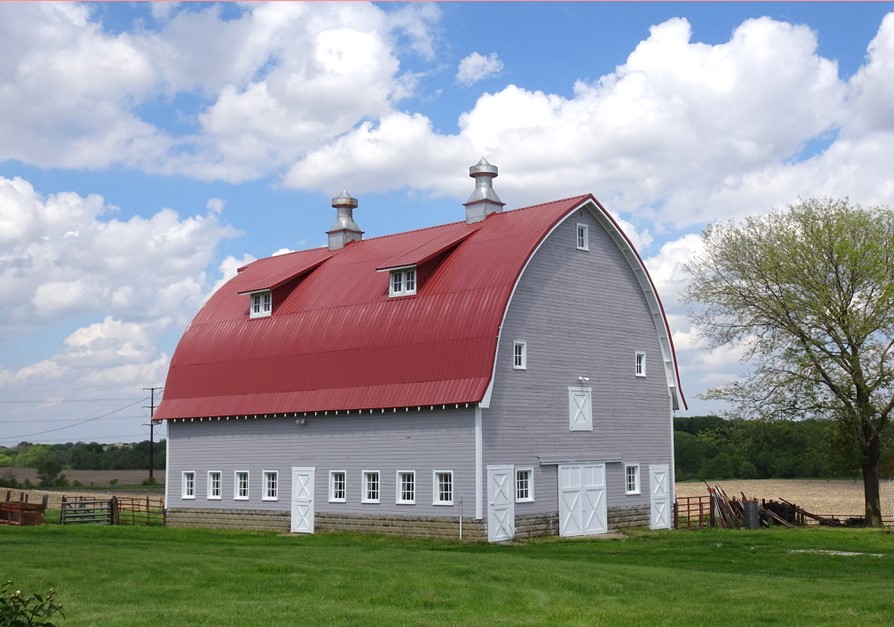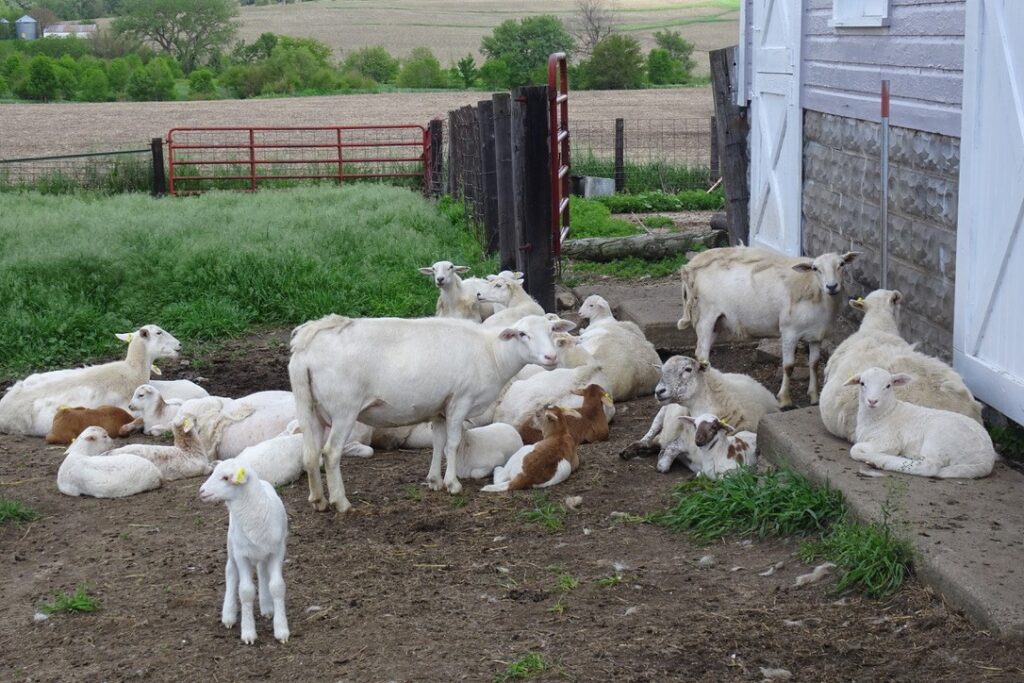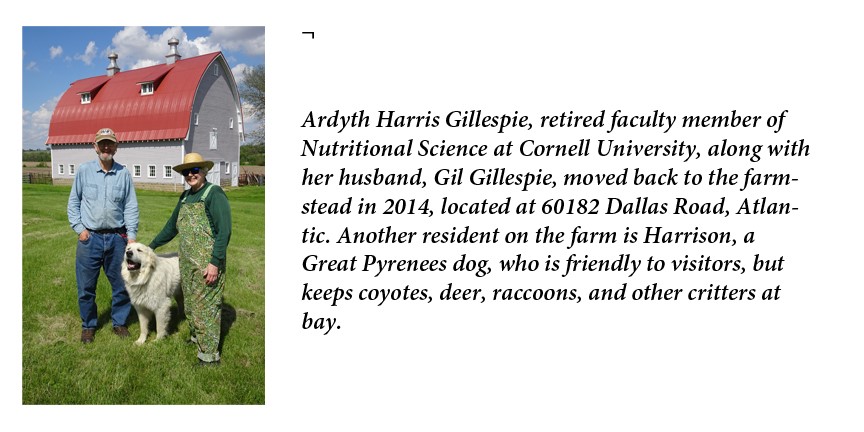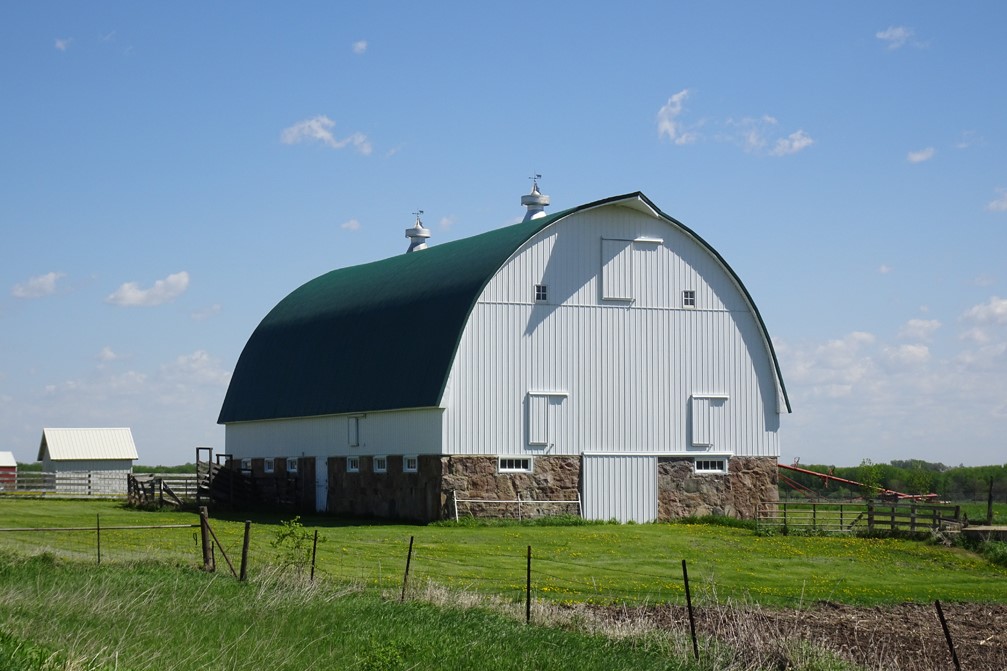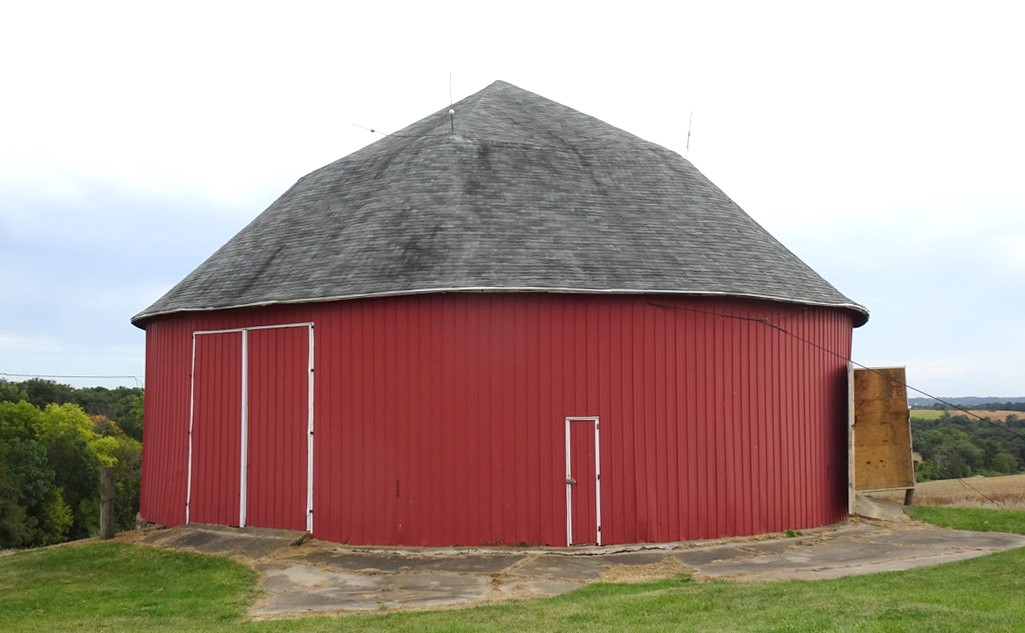
Carl Ball picked a scenic view in Clayton County when he built this round barn having a gambrel-shaped roof with angled sections. Carl, along with his brother William, built it sometime before Carl died in 1919 at age 45. Descendants of the Balls are excited that the Burrs are interested in preserving this unusual round barn.
Owned by Jim and Raynelle Burr since 1982, it is located at 30648 Garber Road, Guttenberg. Originally it had wooden board and batten siding, but now steel board and batten siding. The look is the same but steel will prolong the life for many years. A steel roof will be installed in the near future. In recent years it was leaning so several cables were attached for stability.
In the basement level there were horse stalls on one side and stalls for the dairy cattle on the other side, with a manger below the loft opening to receive hay. No silo. Doors to the loft and exit doors on the basement level fit the design of the hillside where it was built. (2024 photo)
